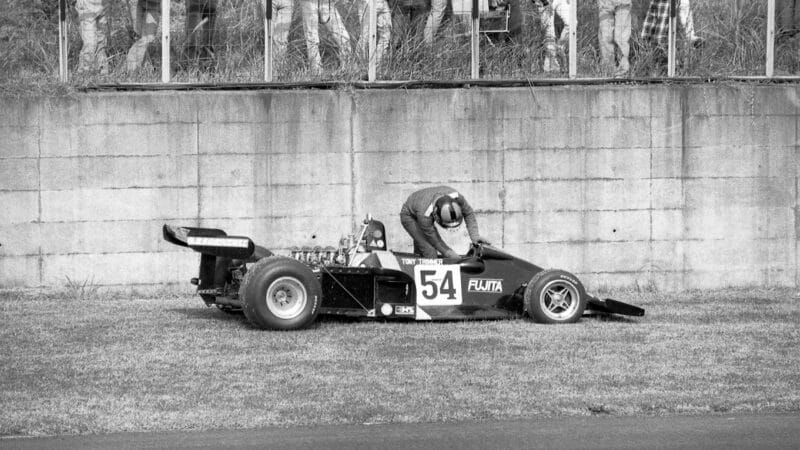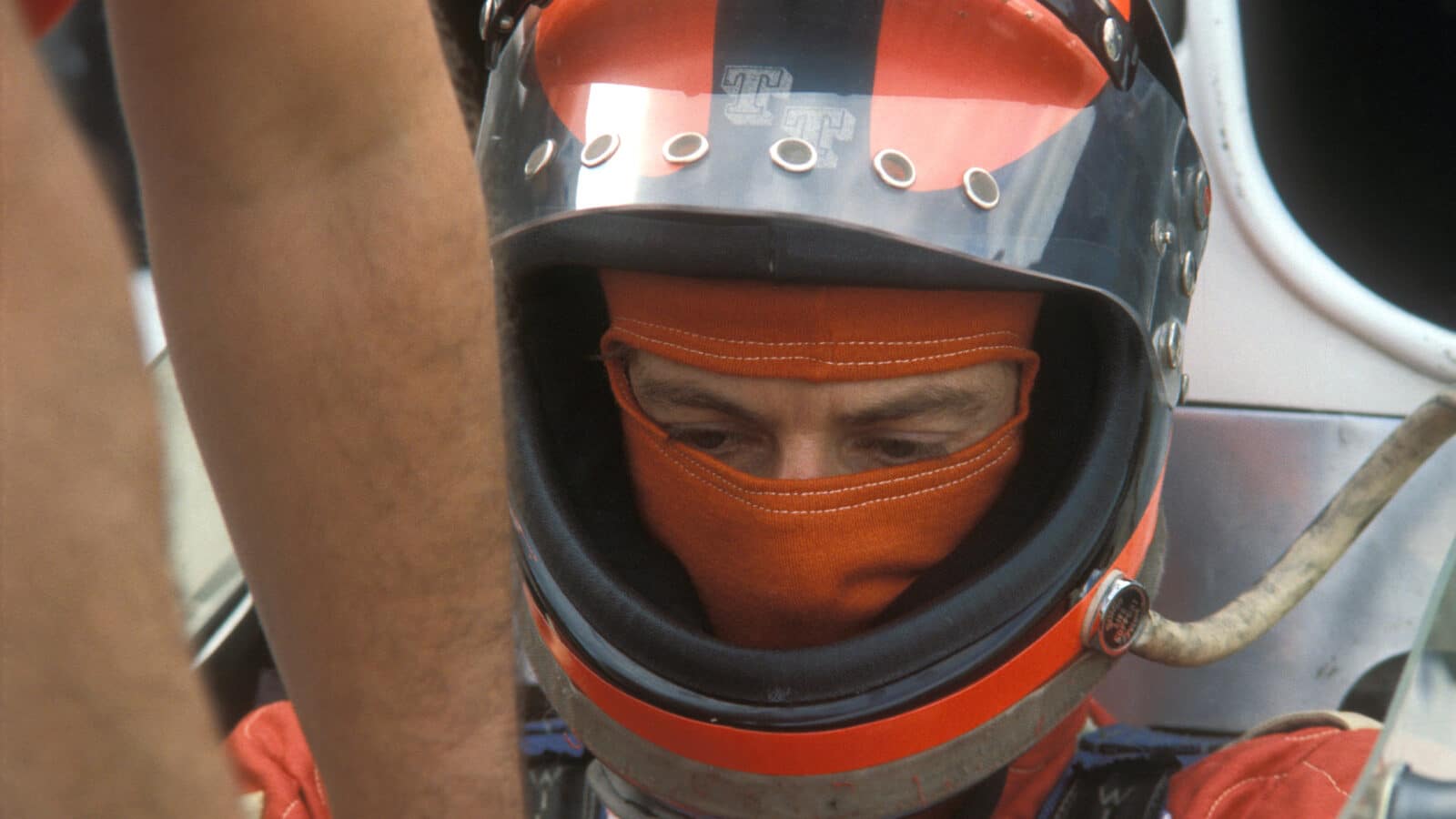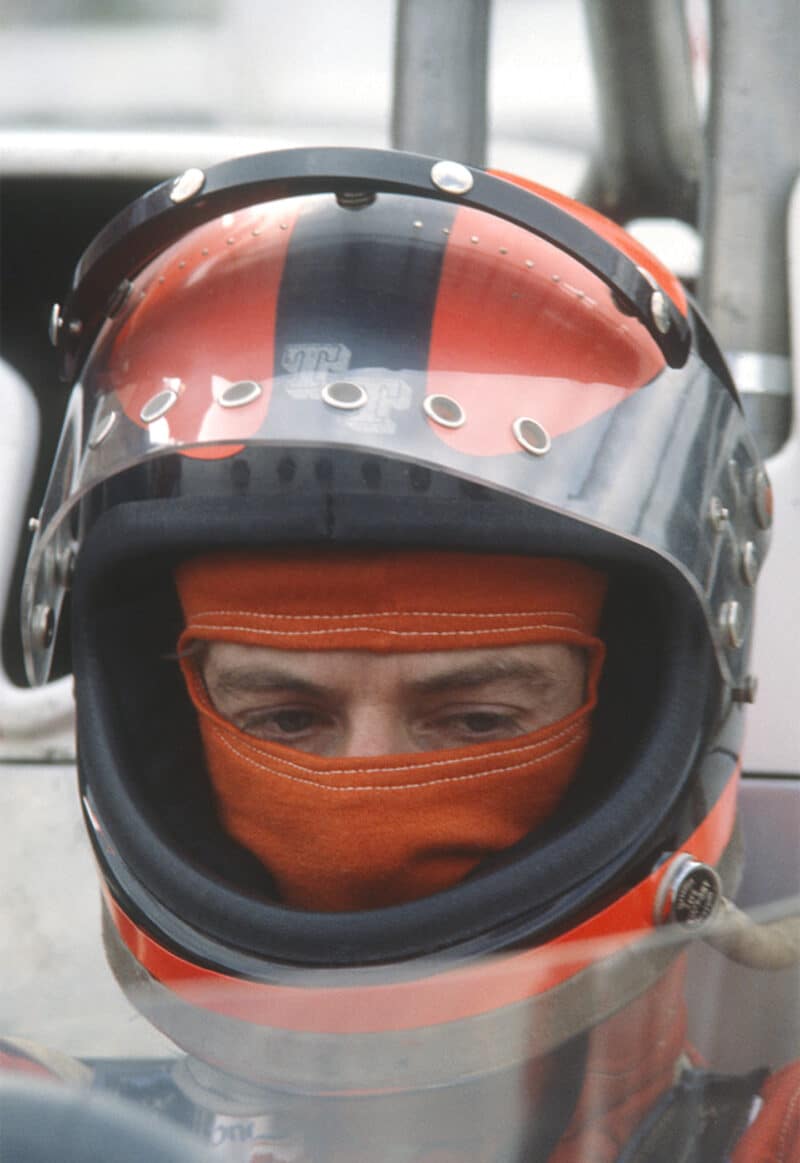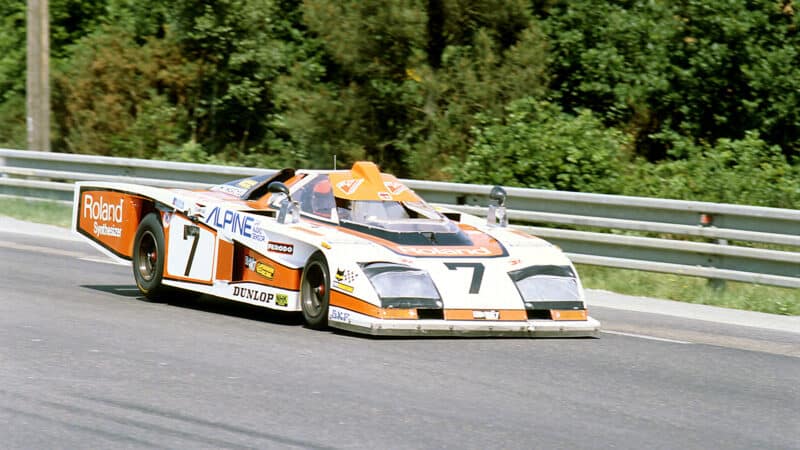Then began a year that should have provided the springboard to success: “I was picked up by Race Cars International to do F3 in ’70. The first time I saw its Lotus 59 was in a picture on the front page of one of the national newspapers: it was airborne and upside-down. The first thing I had to do was fix it. We won the [Shell/MotorSport] British championship and the Monaco support race [in a Brabham BT28] but, to tell the truth, it was a bit of an anti-climax. Lotus picked me up at the end of the year to do some races in South America and I had planned on going straight into F2 but, despite lots of offers, I just didn’t have the backing.”
So began a have-licence-will-travel existence that would typify Trimmer’s career. Making his F1 debut in the Race of Champions in a Lotus 72, he would return to F3 for 1972: “Lotus kept badgering me and, by this point, I was pretty desperate.” So was the car. “The 73 had in-board rising rate suspension and was very difficult to drive. I got pretty frustrated with it and, at a race meeting at Mallory, decided to do my own thing: I raised the front end and lowered the rear ride height. It looked ridiculous but I won the race. At the next meeting it had been put back to the old setup, which typified my relationship with the team.
“I struggled to qualify at Monaco, but on race day it rained. Colin Chapman saw me looking a bit down and said, ‘Boy, we have some new F1 front tyres: we’ll put them on all round.’ It looked very strange but I was running fifth before getting into a tangle at Mirabeau. Then I got a thump from behind and shot off down the hill. I’d dropped to 15th but charged up the order until I was catching the leader, Patrick Depailler, at a second and a half per lap: he won by a second and a half…
“I loved working with Colin but there was a barrier between us: his name was Peter Warr. The deal I had was to do three F1 drives in addition to F3. I kept waiting but… We had a falling out at the end of the year, which was a shame, really.”
So it was back to the odd one-off. “I struggled through F5000 and Atlantic; nothing you could really get your teeth into. And then I got involved with Maki Engineering for the last three grands prix of ’75. The F101C had already tried to see off two drivers. The team had built this car with no idea about what materials they should make things from. At the Osterreichring the top suspension arm pulled out of the monocoque, and at the Nürburgring I came to a stop with the rear suspension on top of the engine!
“Everyone told me not to drive the Maki: I had 26 structural breakages. I would be doing 180mph and just spin off but I never even so much as went on to the grass. For the Japanese GP in ’76 I was invited to drive the new car [the F102]. I thought, ‘Maybe they’ve learned’ but it wasn’t even finished and the cockpit was too short for me. They beat it with a hammer until I could fit! In second practice it staggered around for one lap and died. That was it.

Trimmer’s F1 dreams go up in smoke with the F102
Grand Prix Photo
“The funny thing is, in doing so it almost did me a favour. Don Nichols agreed to give me a chance in the third Shadow. Then Maki’s sponsor kicked up a fuss and I was told that I would be paid but I couldn’t drive for another team. I said, ‘I don’t care about the money. You can keep it!” But I’d signed a contract so… It was as though somebody upstairs was looking out for me — I hadn’t killed myself despite all the spins — but he wasn’t about to give me much help either!”




